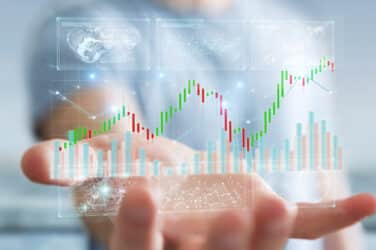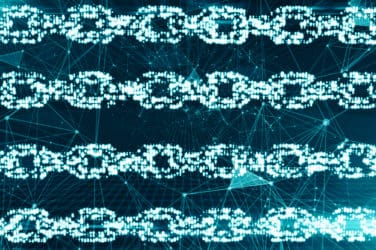Goldman Sachs has made another open-source contribution with the donation of its visual model tool Alloy and Pure logical modeling language to the Fintech Open Source Foundation.
“Alloy lets you design, build, and publish data pipelines,” said Neema Raphael, co-chief data officer at Goldman Sachs, at Open Source Strategy Forum hosted by Finos in Midtown Manhattan. “It’s a platform that lets you run those reliably at a quite high volume and as a hosted service.”
If a firm wanted to share data, such as trade data, with broader audiences internally or externally, Alloy lets users take various data attributes, define them as business processes, normalize the data, and publish the normalized data via APIs, he added.
Pure-based models should reduce system integration costs in bilateral and multilateral trading scenarios as well as lower compliance burned and complexity for banks and regulators, noted Gabriele Columbro, executive director at Finos, in a prepared statement.
Goldman Sachs and Finos have had an ongoing discussion regarding the Alloy and Pure donations for the past six months, Rob Underwood, director of programs at Finos, told Markets Media.
Finos leadership learned that its Financial Object Program, which is led by J.P. Morgan and Citi, was looking for a visual modeler to help the project’s object modeling.
“It was then when we first started chatting with Goldman Sachs about its interest in contributing Pure and Alloy,” he said. “It made a ton of sense since we already knew that there was a demand.”
The industry body plans to roll out the new code in three phases. In the first phase, which is taking place currently, FINOS has set up a testing sandbox while Goldman Sachs decouples the code from other systems within the investment bank and adds in a bit more abstraction into the code.
“The sandbox is pretty much ready at this point,” said Underwood. “It uses GitLab on the backend to do the source control of the models.”
In the next phase, which is slated to start in January 2020, Finos will invite organizations to get their feet wet with the modeling code.
Finos expects the final phase, in which it makes the code available to everyone with an internet connection, sometime around mid-2020.
For those that want to contribute code back to Alloy and Pure, they will need an executed contributor license agreement, which is common in the open-source ecosystem, according to Underwood. “As long as people have executed contributor license agreements, they can contribute code for consideration to be included back into the project.”






